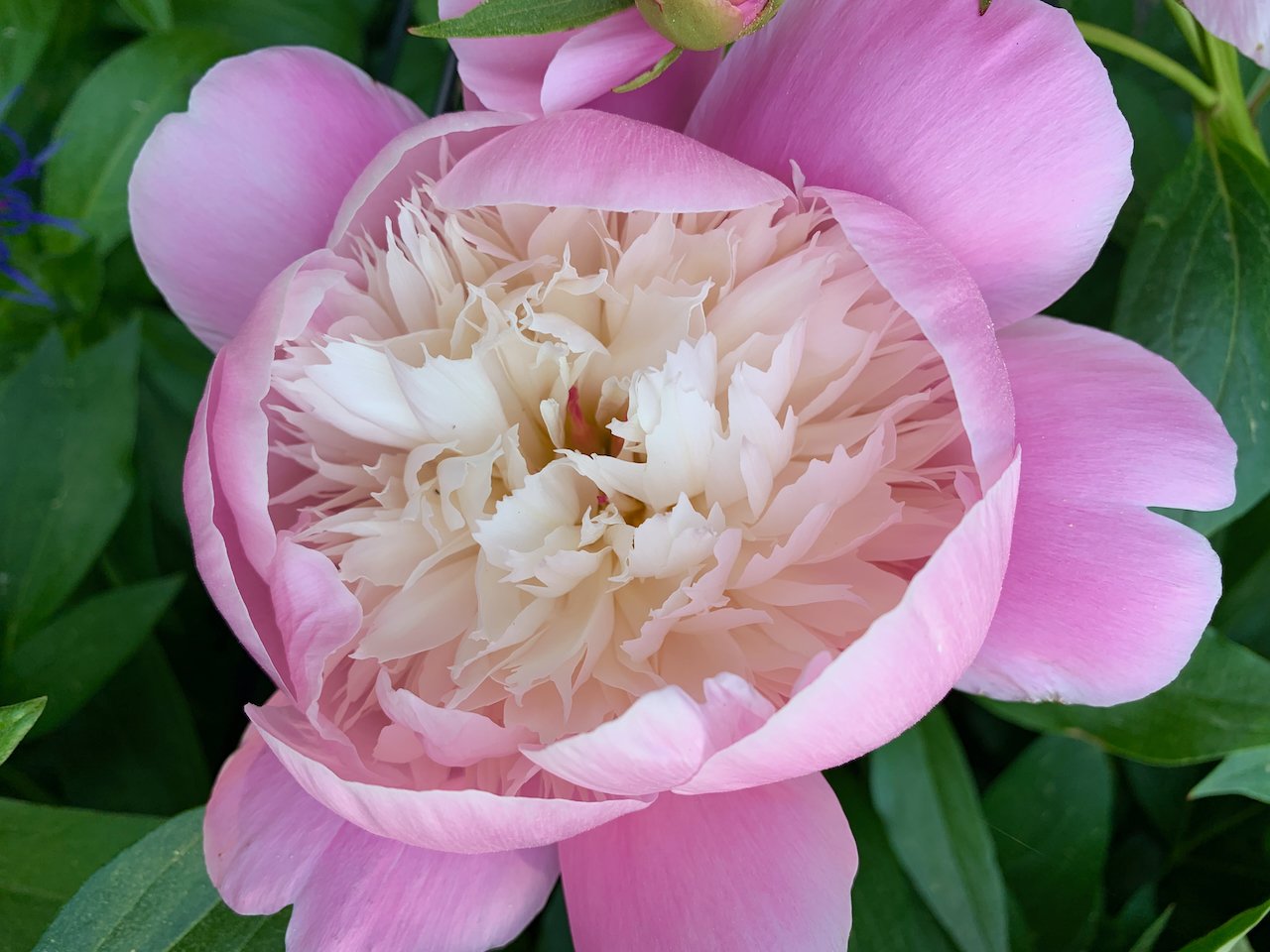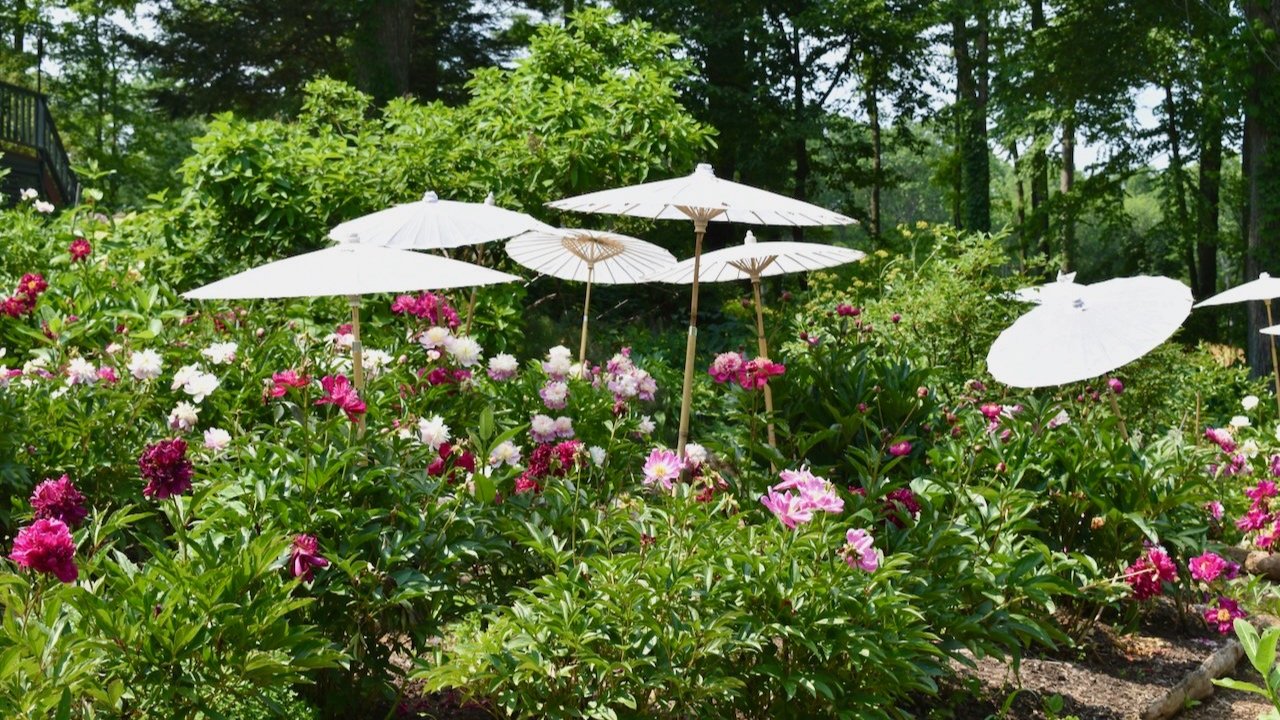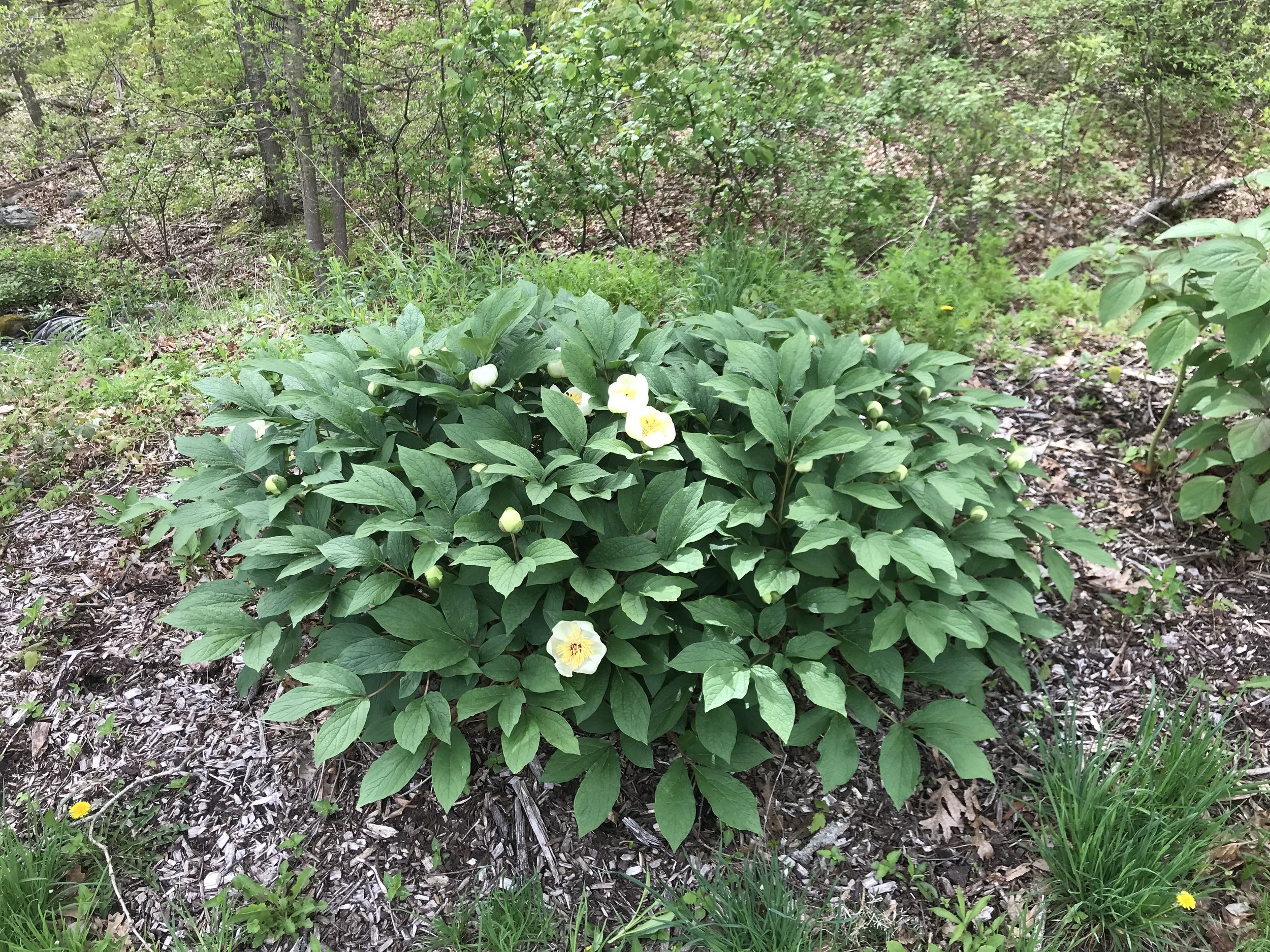Prepping your Peonies for Spring
/By Dan Furman, Owner, Cricket Hill Garden
Spring is here and we in the northeast are just about a month away from peony season. All types of peonies have a well deserved reputation as tough, long lived perennials that put on ostentatious displays of colorful blossoms year in and year out. A little annual basic maintenance of established peonies will help ensure that they remain healthy and vigorous for years to come. Here at Cricket Hill Garden we have thousands of plants growing in our display garden, stock plant blocks and nursery. Here is what we do ensure that our plants are off to the best possible start.
peonies at cricket hill nursery
Clean up any old foliage from left over last year which can harbor disease. It's best to dispose of old peony foliage in the fall at the end of the growing season, but as with many things, better late than never. Since fungal pathogens can survive for long periods on old foliage, if possible discard old foliage outside of the garden unless you have a compost pile that gets hot.
fertilizer ring: a 'ring' of granular soil amendments including lime, azomite, and pro-gro fertilizer are applied around the drip line of a peony in early spring
All peonies like a slightly acidic to neutral pH. Many areas of the Northeast have acidic soils. Lime is used to ‘sweeten’ the soil and raise the pH. If you are in an area with acidic soils and it's been a while since you added any lime to your peonies, spring is a great time to do so. Sprinkle one cup of garden lime around the drip line of established peonies. Use less for younger plants.
Depending on your soil, you may also want to fertilize your plants for increased blooms. Some are blessed with rich soil which delivers all the nutrients peonies need to grow and bloom well without any fertilization. At Cricket Hill Garden, we are not so lucky. Adding compost to the soil in your garden is an investment in the long term fertility of your garden. Like many good investments, it can take a few years to pay dividends as the nutrients filter down to the root zone.
For a more immediate boost, we like to apply a granular organic fertilizer in the early spring such as Pro Gro 5-6-5. We apply 1-2 cups of this fertilizer around the base of the plant and lightly scratch it into the soil. We also use Azomite, a crushed volcanic rock powder, contains 70 different minerals and trace elements. These micro-nutrients help facilitate healthy plant growth. We have found to be an excellent supplement for our peonies, other perennials as well as in the vegetable garden. Bone meal is high phosphorus fertilizer which is also good for peonies, but is best applied in early summer after the bloom.
The soil amendments are lightly worked into the ground. This final step of ‘scratching’ the soil amendments and fertilizer into the ground is very important. If simply left on the surface, they will cake and not break down into the soil as quickly.
One green growth has commenced, we will begin fertilizing the peonies with Neptune’s Harvest. For area where fungus is an issue for us, we apply the organic fungicide Actinovate. This is only effective when the air temperature is above 40° F.
Pruning Cut: cutting a stub of dead wood from above live buds waking up in early spring
For tree peonies, early spring is the best time to do any necessary pruning. First remove any crossed or damaged branches. Next weak and interior growth can be pruned out. Some tree peonies are prolific in sending new shoots from the ground. While some of these can be kept and allowed to grow, allowing all to grow will sap too much energy from the established stems. Thin out all but the strongest of this new growth. Many tree peonies are grafted onto herbaceous rootstock, which is liable to sucker. If you see a herbaceous peony incongruously growing right next to your tree peony, this is the sprouted root stock. Remove these suckers. Leaving them will weaken the tree peony.
suckering rootstock: the eyes of a suckering herbaceous rootstock emerging next to a tree peony stem. These should be removed.
One of the great debates around peonies is whether or not to mulch. It has clear benefits, but if done incorrectly can also have negative effects on the plant. The best materials are double ground wood chips, bark mulch, chopped leaves and ‘clean’ compost which is free of weed seeds. Wood Chips are less than ideal but actually the material we use most here at Cricket Hill Garden. The benefits of applying a 1-2” layer of mulch around your peonies are many fold. It will suppress weeds and retain moisture in the soil as well as build soil health as the material breaks down. The dangers of using mulch are that they can build up to too heavy a layer overtime, making it difficult for the new shoots of herbaceous and intersectional peonies to emerge in the spring. Another potential pitfall is to apply too much directly around the stems of the peony. This can cause this area to retain too much moisture and lead to disease problems. It is best to keep the ‘drip line,’ the area underneath the foliage of the plant, free of mulch. Beyond the drip line the mulch will serve all of its beneficial roles in the garden without posing a danger to the peony.
Wood chip mulch: A layer of wood chip mulch helps suppress weeds around a woodland herbaceous peony
Now that you have your peonies all prepped for the coming season, it is time to actually stop working for a little while and enjoy the fleeting beauty of spring in your garden!
Cricket Hill Garden offers tree peonies, herbaceous peonies and fruit trees by mail order and in their nursery.
Cricket Hill Garden, 670 Walnut Hill Rd. Thomaston, CT 06787, 860-283-9393, treepeony.com. Open Tuesday to Saturday 10 am-4 pm.











